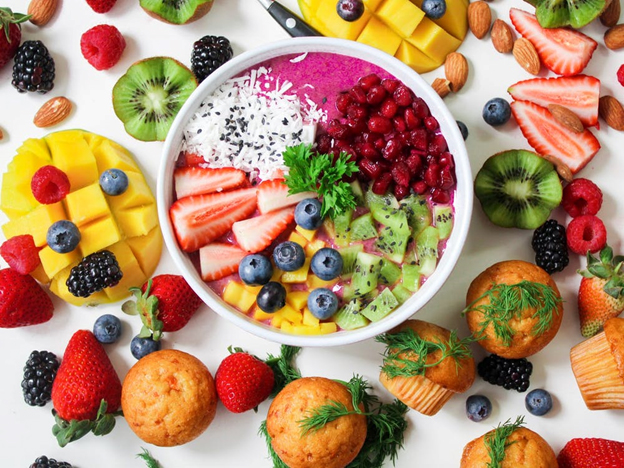
- By BlueBC_Admin
- In News
What constitutes a good diet for the elderly?
A balanced diet is crucial for maintaining good health as you age. It can help you maintain a healthy weight, keep you energized, provide the necessary nutrients, and decreases the risk of chronic diseases such as heart disease and diabetes.
On the other hand, malnutrition increases the likelihood of becoming overweight or underweight. It can weaken muscles and bones and makes you susceptible to certain diseases.
Therefore, eat foods rich in fiber, minerals, vitamins, and other nutrients to meet your nutritional demands. Additionally, you may need to modify your diet to manage chronic health conditions.
What Does A Healthy Plate Look Like?
Planning a well-balanced diet for seniors may seem difficult at first. Here is a list of healthy foods that older people need to include in their diet. However, keep in mind this list is for general people, not for people suffering from chronic diseases. Therefore, talk to your doctor first about a healthy diet plan that fits your body’s needs.
1. Eat Foods Rich In Omegas
Omegas are anti-inflammatory agents that help to reduce the risk of rheumatoid arthritis, cancer, and health problems in old age. It also prevents other age-related disorders such as anxiety, poor vision, and depression [1]. Additionally, it reduces the risk of Alzheimer’s disease, which is a frequently occurring problem in old age.
All of these characteristics make Omega-3-rich foods an important part of an elderly person’s good, balanced diet. Omega-rich foods include Yogurt, Nuts, Flax seeds, soybeans, Kidney beans, Oatmeal, Broccoli, cauliflower, and Spinach.
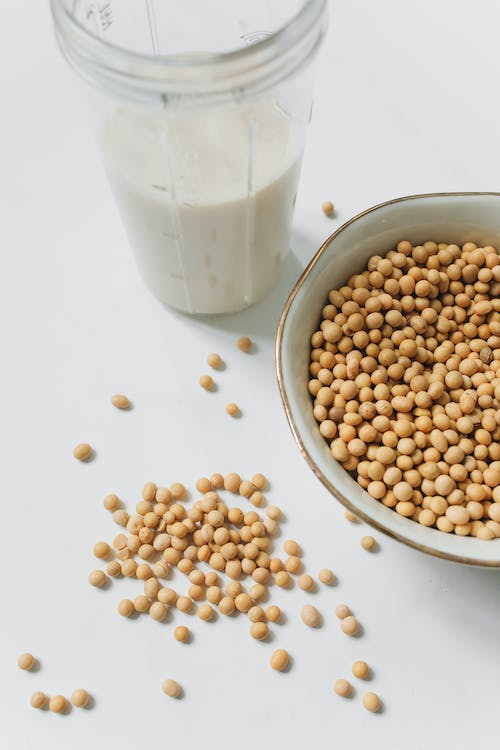
2. Eat Plenty Of Fiber
As we age, the walls of our gastrointestinal tract become thicker, resulting in fewer contractions and slower digestion. This, if ignored, can result in severe constipation. Eating foods rich in fiber in old age supports digestion and regular bowel movements [2].
In addition, it aids in lowering cholesterol, maintaining blood sugar levels, and preventing heart disease. So, your food plate should include the following foods: fruits such as Strawberry, Banana, or apple, Veggies including cauliflower, carrots, spinach, and beets and three ounces of whole grains like wheat flour, oat flour, and cornmeal flour.
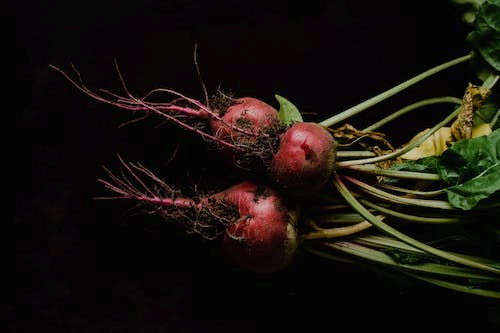
3. Eat Dairy And Calcium Rich Foods
As we age, it is crucial that we eat enough calcium rich foods to avoid osteoporosis also called brittle bone disease [3]. Therefore, have three servings of low-fat dairy products including yogurt, cheese and milk. They are high in calcium and vitamin D and are necessary for your bone health. But if you are Lactose intolerant, you can drink soya Bean Milk or Tofu.
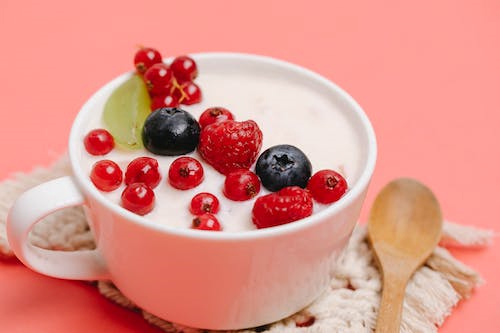
4. Foods Rich In Iron
Iron plays an essential role in the body by regulating the flow of oxygen from the lungs to the rest of the body via hemoglobin. Iron deficiency, often known as anemia, can result in a lack of oxygen, leaving you feeling exhausted and lethargic [4]. Therefore, include iron-rich foods in your diet plan such as beans, tomatoes, potatoes, peas, spinach, Almonds, Cashews, pomegranate, apples and banana.
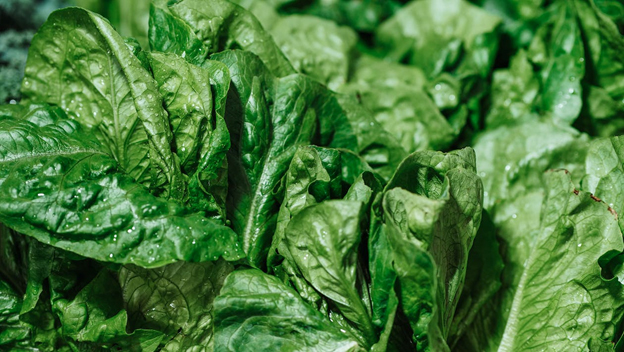
5. Avoid Bad Fats, Salt, And Sugar
Replace high-fat saturated foods with foods that are either monosaturated or polyunsaturated. Substitute unsaturated fats such as pastes, nut butter, avocado, spreads, and oils for saturated fats such as palm oil, coconut oil, margarine, cream, and butter.
Limit intake of salty foods and beverages, and do not add salt when cooking or eating. Additionally, do not eat or drink sugar-containing foods such as candies, fruit drinks, vitamin drinks, energy drinks, and sports drinks.
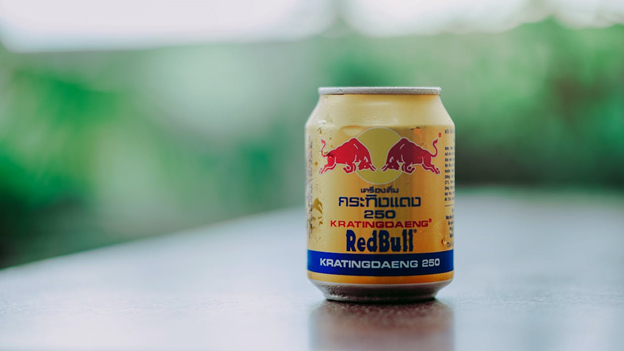
References
- Saini, R. K., Prasad, P., Sreedhar, R. V., Akhilender Naidu, K., Shang, X., & Keum, Y. S. (2021). Omega− 3 Polyunsaturated Fatty Acids (PUFAs): Emerging Plant and Microbial Sources, Oxidative Stability, Bioavailability, and Health Benefits—A Review. Antioxidants, 10(10), 1627.
- Ciudad-Mulero, M., Fernández-Ruiz, V., Matallana-González, M. C., & Morales, P. (2019). Dietary fiber sources and human benefits: The case study of cereal and pseudocereals. In Advances in food and nutrition research (Vol. 90, pp. 83-134). Academic Press.
- Rozenberg, S., Body, J. J., Bruyere, O., Bergmann, P., Brandi, M. L., Cooper, C., … & Reginster, J. Y. (2016). Effects of dairy products consumption on health: benefits and beliefs—a commentary from the Belgian Bone Club and the European Society for Clinical and Economic Aspects of Osteoporosis, Osteoarthritis and Musculoskeletal Diseases. Calcified tissue international, 98(1), 1-17.
- Tay, H. S., & Soiza, R. L. (2015). Systematic review and meta-analysis: what is the evidence for oral iron supplementation in treating anemia in elderly people? Drugs & Aging, 32(2), 149-158.






